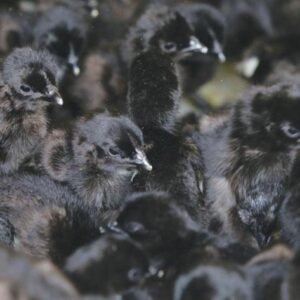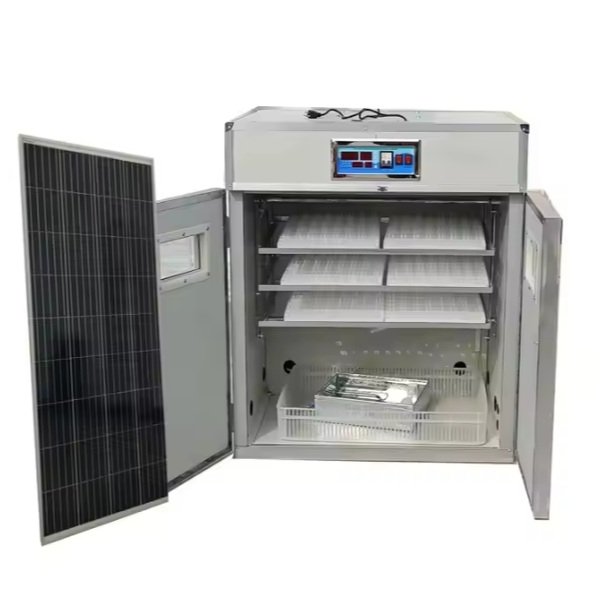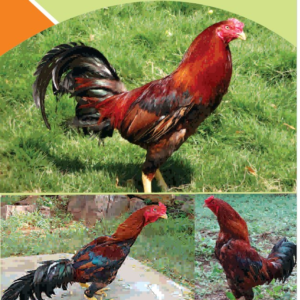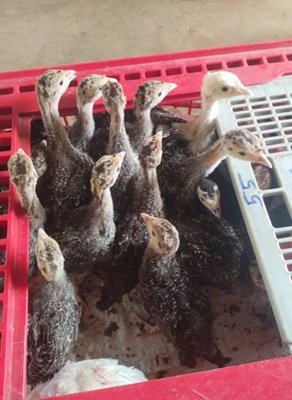Introduction to Solar Hatching Machines
Solar hatching machines are innovative devices designed specifically for the incubation of eggs using solar energy. These machines transform sunlight into power, enabling poultry farmers to hatch eggs in an eco-friendly manner. The fundamental technology behind solar hatching machines involves photovoltaic solar panels that capture sunlight and convert it into electrical energy. This energy is subsequently utilized to maintain optimal conditions, such as temperature and humidity, crucial for successful egg incubation.
In the poultry industry, the significance of solar hatching machines cannot be overstated. They provide a sustainable solution for farmers, particularly those in remote areas where conventional electricity sources are unavailable or unreliable. By leveraging solar energy, these machines not only reduce dependence on fossil fuels but also minimize operational costs associated with egg hatching. Consequently, poultry businesses can achieve a higher degree of energy efficiency and cost savings, significantly enhancing their overall productivity.
Moreover, solar hatching machines offer various advantages that make them an appealing choice for poultry farmers. One of the primary benefits is their ability to function in off-grid areas, ensuring that farmers can still hatch eggs successfully without relying on electricity from traditional power grids. Additionally, the use of solar energy aligns with the growing demand for environmentally friendly agricultural practices, contributing to sustainability efforts within the food production sector. This shift towards renewable energy sources is crucial in addressing global challenges such as climate change and resource depletion.
In summary, solar hatching machines represent a transformative technology in the poultry industry. They combine the principles of renewable energy with practical applications in egg incubation, offering significant benefits in efficiency, cost-effectiveness, and sustainability. As more farmers adopt these solutions, the poultry sector stands to gain both environmentally and economically.
Benefits and Impact of Solar Hatching Technology
Solar hatching technology has emerged as a transformative solution for poultry farmers, offering a multitude of benefits that extend beyond mere cost savings. At the forefront of its advantages is the use of renewable energy, which significantly reduces operational costs associated with traditional electricity consumption. By harnessing solar energy, farmers can minimize their reliance on fossil fuels, leading to more predictable and lower energy expenditures over time. This not only enhances the profitability of poultry operations but also contributes positively to sustainable farming practices.
Another compelling benefit of solar hatching machines is their potential to increase hatching success rates. These advanced machines are designed with precision and efficiency in mind, ensuring optimal temperature and humidity levels for eggs. Enhanced monitoring systems often included in modern solar hatching technology can significantly improve the overall environment for egg incubation. As a result, farmers experience a higher yield of healthy chicks, which contributes to their operational success and sustainability in an increasingly competitive industry.
The environmental impact of switching to solar hatching solutions also deserves mention. By operating on renewable energy, these machines effectively reduce carbon footprints and promote eco-friendly farming practices. This change is particularly beneficial in regions where electricity supply is inconsistent or expensive, allowing small-scale farmers to maintain productivity without the devastating effects of energy shortages.
Innovation in solar hatching technology is continually evolving, with advancements aimed at making these systems more efficient and accessible. Recent developments include improved battery storage solutions, which enable farmers to utilize solar energy even during cloudy days or periods of low sunlight. Additionally, enhancements in user-friendly interfaces and mobile applications facilitate easy monitoring and control of the hatching process from a distance, empowering farmers to optimize their operations further.










Reviews
There are no reviews yet.